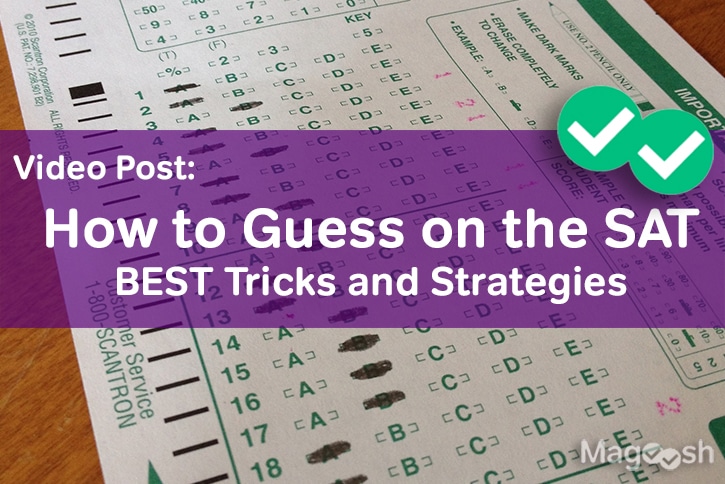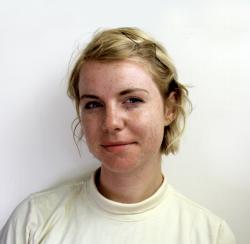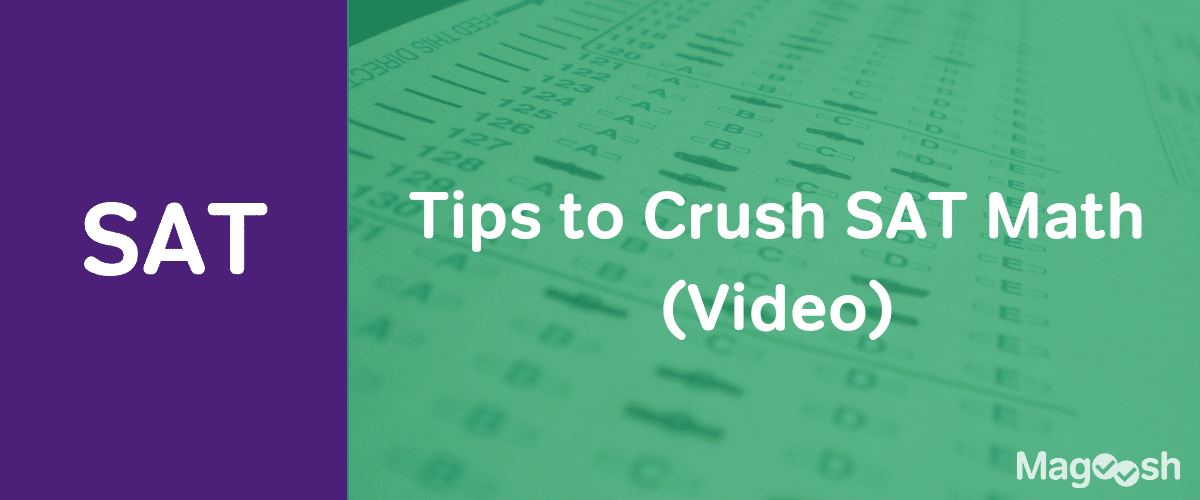
Time management is one of the most common problems for students taking the SAT…so how do you approach questions that you can’t figure out?
Well–you should guess! But of course, there’s more to it than that.
To keep you on track, we’re proud to present our brand new SAT resource: the “Ultimate SAT Guessing Tricks” video.
Watch the embedded video below, or scroll down for a full video transcript. 🙂
What Will I See in the “Ultimate SAT Guessing Tricks” Video?
In this free video, our SAT expert Chris will give you a brief introduction, followed by his BEST tricks and strategies for guessing on the SAT, using real examples from Magoosh’s official SAT test prep:
-
1. What happened to the guessing penalty?
2. How do you use process of elimination?
3. Why should you physically mark incorrect answers?
4. When do you move on from a question?
“Ultimate SAT Guessing Tricks” Full Transcript
Hi, this is Chris, the SAT expert at Magoosh.
And today, I wanna talk about something that a lot of students ask me about, which is guessing on the SAT.
Should you do it?
And if so, what exactly should you do?
So I have a lesson here from the SAT Magoosh Premium product, where I breakdown the steps about how to guess on the SAT.
So, keep watching to learn from this steps.
In this video, we will talk about guessing.
And starting off with the all important fact, there is no guessing penalty on the SAT.
Whoa, that is big news, why?Because the old test, there used to be a guessing penalty.
And it’s one of those urban myths now that’s just kind of lingering out there.
Don’t guess on the SAT, or you’ll get penalized.But that is no longer the case on the new SAT and it’s not even really the new SAT any more, just the SAT.
So no guessing penalty, don’t be afraid guess, guess, guess and guess always guess.
Well, we got a couple of little dots there, why?Well, sometimes you might wanna come back to a question if you have time, make a little mark next to it.
But always come back to it and then guess in the end, no matter what don’t leave anything blank.
Next in this video, we’re gonna talk about process of elimination.
It’s very close to guessing, it’s essentially, sometimes you can’t eliminate anything and you’ll have to guess.
And so what this means is, eliminate the wrong answers instead of trying to guess the right answer.
Because often times you’re not gonna hone in on it right away, oh, that’s the right answer dah dah dah.
But, you’re gonna have to go through each answer choice, read them carefully.
And if something seems a little bit off and not right get rid of it, and if something seems clearly wrong then, of course, get rid of it.
See what you have left, that is the process of elimination.
And usually there are two answer choices, it’s the way these tests are written.
There’s four answer choices, two of them are a little bit baloney, one is completely baloney, one is completely much wrong.
And then there’s two, one of which is the answer, one which sounds like the answer.
Seems right but, of course, you can only have one right answer and then your job is to figure out which one of those two is correct.
And, of course, I put it in there assuming you know what you’re doing because it is just the hard question and you have no idea what’s going on then, the blatantly wrong answers don’t seem blatantly wrong.
But assuming you don’t generally understand the passage, you know your math concepts, than still there might be two answer choices left that are a bit tricky.
One of which, of course, is the answer, one of which isn’t.
Okay, moving on, eliminate those that are wrong by using some kind of mark.
The reason why this is so important is because you can read an answer choice and say, yeah, that’s wrong.
And then go onto another one and say, maybe that one’s wrong, not sure, and then go to c, and then c, well, I’m not sure about c but wait, maybe, wait.
Was it a that was completely wrong and maybe b was kind of right or was it the other way around?
And so you’ll start getting confused.
Your head starts twisting and spinning and that’s a bad thing.
So, the idea when you eliminate things, this process is involving a little mark that you know that you use, that clearly shows that you have eliminated that answer—that is the key.
Now, another important final point here is elimination tends to work better on verbal questions, especially reading passage questions because they are much longer.
And so you wanna save yourself the trouble of re-reading a 22-word answer choice, by of course, using these marks.
And so process of elimination is something that typically helps students more on the verbal section, but it is also that should be used on the math section.
Because there are some questions called estimation questions, and you don’t quite know the answer, but you know it can’t be that small or that big, and then, of course, you can eliminate those.
And, finally, as I said, usually there are two answers remaining.
Don’t sit there and deliberate over them back and forth for five minutes, lose your mind, cuz that’s gonna hurt you on the rest of the test.
The key is get it down to answer choices, pick one after thinking about it or making a mark and coming back to it.
But the key is to guess and move on or to move on and come back and guess before time is up.
[BLANK AUDIO]
Want More SAT Tips?
Take a look at some of our other useful SAT test taking strategies and resources:
- Running Out of Time on SAT Math: What To Do
- Standardized Test Anxiety
- When Do SAT Scores Come Out? And Other SAT Score Release Facts You Should Know
Happy studying! 🙂






Leave a Reply